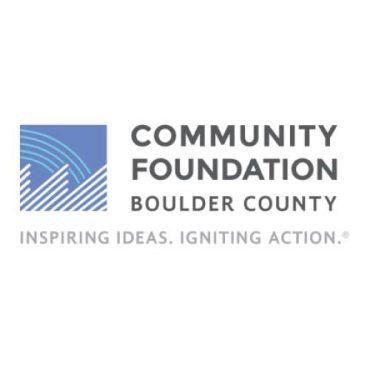“I’m finding it a little bit harder to survive just as one person. It was easier with two. I’ve been holding it together each day and getting stronger and surviving.”
Amelia Sauter who has been homeless on and off for several years. Photo credit Mike Homner, Facing Homelessness Boulder.
As winter gets closer, advocates for the homeless community are gearing up for packed shelters and in many cases not enough room for everyone seeking refuge from the cold. Although Boulder City Council has shown support for an increase in the 2017 budget regarding homelessness response, critics still say there is a gap in emergency services for homeless women who are survivors of domestic abuse. KGNU’s Kaley LaQuea reports.
Shanan Collins, operations manager for BOHO, Boulder Outreach for Homeless Overflow says that living on the streets has a deep, prolonged impact on an individual.
“Being homeless changes you, even if it’s just for a month or for years, it changes who you are.”
BOHO began operating in 2009 in response to the growing need for shelter, especially in the winter months.
Unhoused individuals face many similar issues without shelter or resources, but for homeless women, safety and health concerns can be even more difficult to handle.
Domestic violence is one of the leading causes of homelessness among women. Studies estimate up to half of all homeless women became unhoused while attempting to leave an abusive environment.
Amelia Sauter has been homeless on and off for several years. She spent her first 31 years in and around Portland before moving to Colorado Springs in 2005. Sauter later moved to Denver six years later. She was homeless when she arrived.
“I worked for a motel, and I lost my job last fall and wound up being homeless again.”
The National Network to End Domestic Violence reports that more than 90 percent of homeless women have experienced physical or sexual abuse in their lifetime. Sauter was with her husband for nearly four years before he became abusive. Many women who are unhoused may choose to stay with an abusive partner for protection on the streets.
“There’s been a couple times where he was, more verbal and emotional than anything. I never thought he would do what he did. He was recently abusive to me and is sitting in Boulder county jail, so I’m finding it a little bit harder to survive just as one person. It was easier with two. I’ve been holding it together each day and getting stronger and surviving.”
The Women’s Shelter extension of BOHO started on a trial basis in January 2014 and has been operating fully since June of that year. Although the women’s facility in Boulder provides shelter throughout the summer, it does not operate year round. There is no emergency facility for homeless women in Boulder.
Julie Kayo, operations manager for BOHO Women’s Shelter feels that an emergency facility would fill a huge gap in services for homeless women.
“I get calls from women in other counties and Boulder county, I get calls from agencies needing a woman to be placed in housing immediately and I have to say I’m sorry, sorry, sorry I don’t have an emergency shelter.”
Though Kayo and Collins usually refer women to other women’s operations in Boulder, no year-round facility exists just for homeless women in the county.
“Most of these women have become homeless because of a divorce or maybe domestic violence and they spiral downward. Now they’ve lost their children and a lot of them believe they have to have a protector they have to have a boyfriend situation in order to just survive on the street, or to even get ahead, maybe it gives them hope to get their children back if it’s possible two incomes if both possibly get a job. Usually what ends up happening in these relationships is they get abused or verb or physically, raped. I feel like a lot of them are almost passed around in the homeless community. It’s kind of hard to get out of that cycle once you’re in that cycle of well I need this protection.”
Cheridan Boddie, from Brighton Colorado, left home seven years ago because her family members were addicted to meth.
“I didn’t want to touch it didn’t want anything to do with it. I’ve been out on the streets since I was 17. It’s been bad. I’ve had jobs then a place then lost the job and lost the place. I’m what you would call chronically homeless.”
Like many homeless women, Boddie has struggled with getting basic needs met, such as finding a safe and private place to use the restroom.
“As a homeless woman having to find a place to go to bathroom is really terrifying, you don’t know if you’re going to pull your pants down or somebody who’s unsavory, you could be caught at a bad moment. You could be raped.”
A study of 974 homeless women in the Los Angeles area found that 13 percent had been raped in the previous 12 months. Half of these women had been raped more than once.
While safety in public spaces is a main concern, Kayo also typically sees the results of poor self-care among homeless women who do not have regular access to showers and bathrooms.
“That’s medical, that’s health related on the most basic level. What kind of health can you have when you’re sleep deprived, food deprived, love deprived, respect deprived in every way?”
Without adequate shelter available in Boulder County, Amelia and Cheridan will likely sleep on the streets tonight.
-
 play_arrow
play_arrow
Homeless women – a hidden and underserved population Maeve Conran


















